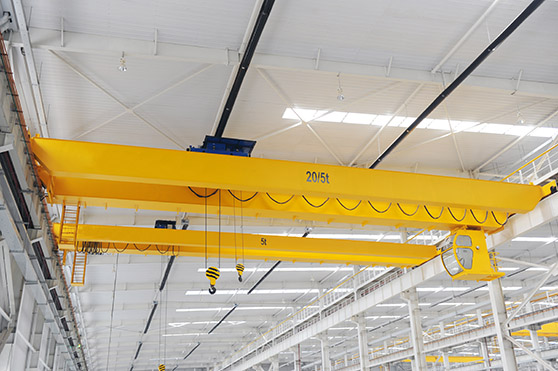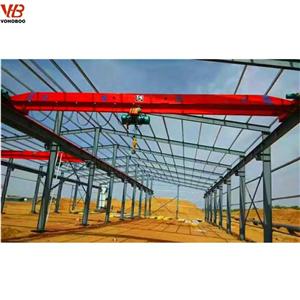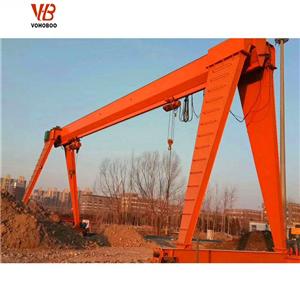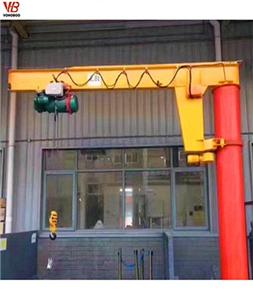Consequences of non-standard use of cranes
Crane accidents or hidden dangers exist in the design, manufacture, installation and use (including repair) and other risk factors. The prevention of accidents is largely due to the control of the above factors, especially the strengthening: control of manufacturing, installation and use. It is required to use the unit to select products manufactured by qualified manufacturers, to allow qualified units to install cranes, and to train drivers and cranes to work on the job, and to control the occurrence and aggravation of risk factors from the source. However, to prevent the occurrence of the above-mentioned risk factors, the most important thing is to effectively implement the relevant standards and norms, establish and strictly enforce the rules and regulations, implement regular inspections, and attach great importance to the manufacturing, installation and use of the units, plus the employees of the manufacturing, installation and use units. A high sense of responsibility and safety awareness, where this can be done to avoid or reduce the risk of accidents.
The management of the cranes used is the key content of the use of the unit, including the correct provision and acceptance of concealed works, the management of crane drivers, cranes and other operators, and the implementation and monitoring of protective measures against potential hazards around the crane.

(1) Correct provision and acceptance of concealed works.
The foundation of the construction crane is generally a fixed reinforced concrete structure. The foundation map is provided by the crane manufacturer after the overall anti-rollover stability and ground pressure check. The figure specifies the quantity, model specification and buried foundation of the reinforcement. Minimum requirements for tower or anchor bolt depth. The unit should be strictly controlled according to the geological conditions and according to the drawings provided by the manufacturer to protect the pouring quality of the foundation and prevent the settlement of the foundation after the crane is used, so that the crane reaches the critical state of overturning, the stability is destroyed, and the whole machine is overturned.
(2) Management of crane drivers and hoists (Commander).
Statistics show that most crane accidents are caused by violations of operating procedures. In many violations, drivers and hoists (commanders) often have unshirkable responsibilities. A competent driver not only has the operational technical requirements of “stable, accurate, fast, safe and reasonable” in the use of the crane, but also bears the daily inspection and maintenance responsibility of the crane. When all the cranes are understood, the crane is inspected. Metal structure, damage to major components, and inspection of electrical protection and failure of safety devices.
A. Forced binding of the bow plate with torque limit, short circuit of the torque limit electric switch, artificially causing the torque limit to be invalid;
B. In order to increase the lifting height of the crane spreader, artificially adjust the safety distance to set or short the electrical;
C. daily inspections are ineffective: the wire rope is intensified, the wire rope is deformed, and the torque limiter, height limiter, swing limit and other travel limiters are not routinely checked;
D. The “Ten No Hanging” that is strictly prohibited has not been implemented.
(3) Implementation and monitoring of protective measures for potential hazards around the crane
Cranes are used for high-rise or small high-rise building construction, limited by the geographical environment of the construction (prosperous urban center or building space: caps intertwined), which inevitably involves some safety protection and monitoring during crane operation. For example: the working radius of the crane (when turning) sweeps over the safety of the building, the street and the high-voltage line; the protective net with the concrete anti-crushing off on the balance arm; the adjacent crane operation at the same horizontal working surface When the guardianship, etc.




